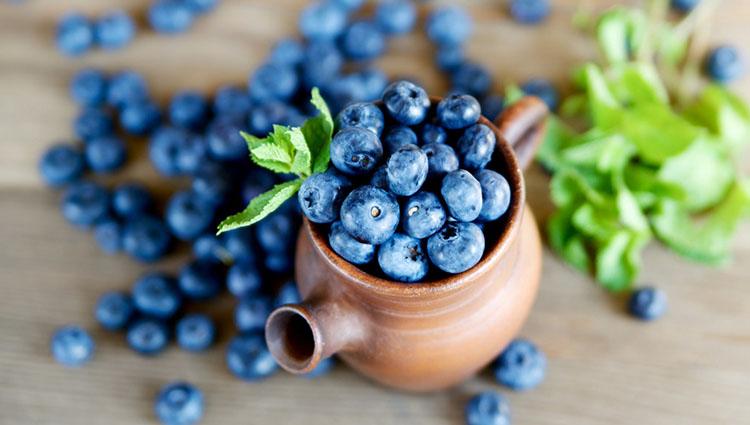Blueberries are one of the main export products of Georgia’s horticultural business and the fastest growing export category.
In 2020, according to EastFruit, Georgia has quadrupled its blueberry exports. According to optimistic estimates, the export of blueberries from the country may even reach 5 thousand tons within 5 years, which will make it one of the largest regional exporters of blueberries.
Why are blueberries so interesting for Georgian farmers and investors? Who grows it?
- In Georgia, the state supports the development of the berry sector and, within the framework of the Plant the Future state program, in certain regions of Western Georgia (Imereti, Racha, Guria, Samegrelo, Mtskheta regions) pays 100% of the cost of seedlings (both local and imported), irrigation system for min 0.15 and max 0.5 hectares per beneficiary. The development of cooperatives is also encouraged – an agricultural cooperative that will receive funding for the construction of an orchard with an area of at least 5 hectares, will receive 1 stationary refrigerator container, necessary for the primary storage of crops, with an average capacity of 20 tons
- An indicator for the suitability of the soil for growing blueberries is tea, which, like blueberries, loves acidic soil.According to FAO, in the early 1990s, tea was grown on more than 30,000 hectares.Georgia plans to rehabilitate 7,000 hectares of tea plantations, the rest of the area is suitable for growing blueberries
- Georgia ranks 7th in the global ranking of ease of doing business (Doing Business 2020) – just behind the United States and ahead of countries such as the UK, Norway, Sweden, Malaysia, Australia and the UAE
- Unique export window.The harvest of blueberries in Georgia begins in the last decade of May – an ideal period for obtaining a high price, becauseat this time, the southern countries of the region had already finished harvesting blueberries, and the rest had not yet begun.
- The yield of blueberries per hectare in Georgia can be higher than in Ukraine and Poland due to the favorable climate
- Georgia is one of the few blueberry producing countries in the region that has access to the Russian market, where blueberry prices are much higher than in other countries of the region, but Georgia is actively entering the markets of the Middle East and the European Union with its berries
- Georgia has access to the Black Sea ports and may in the future ship blueberries for export in sea containers.
Read also: Georgian blueberry growers are urged to reconsider approaches to the berry marketing
Now blueberries are grown mainly in the regions of Western Georgia: Samegrelo, Guria, Adjara and Imereti. One of the most common blueberry varieties in Georgia is Legacy, but lately more and more farmers are starting to experiment with different varieties.
There are many small and only a few large blueberry growers in Georgia, but large farmers and traders have a decisive influence on the market as they invest heavily in post-harvest handling, cooling, sorting, certifications, and a comfortable working environment for their workers. They are Global G.A.P. certified and equipped with pre-cooling, sorting, packaging and storage of blueberries.
Georgian blueberries are harvested by hand and only when the berries are dry and not overheated in the sun. Pickers are trained to pick blueberries only in the required ripeness phase and to maintain the matt wax on the berry as much as possible. This feature along with the size of the fruit, are two of the most important quality indicators.
Due to the difficulties that arose when exporting to the Russian Federation, this season Georgian blueberries were first sold to Germany and Bulgaria. Georgian farmers and traders are open to new opportunities, as the blueberry harvest in Georgia is increasing every year. Therefore, investments in blueberries, even in such excellent conditions that have been created in Georgia, will be justified only if the growers aims at efficiently growing high-quality berries and clearly understands how to handle, sort, store and most importantly, how and where to sell the blueberries.
The use of the site materials is free if there is a direct and open for search engines hyperlink to a specific publication of the East-Fruit.com website.




